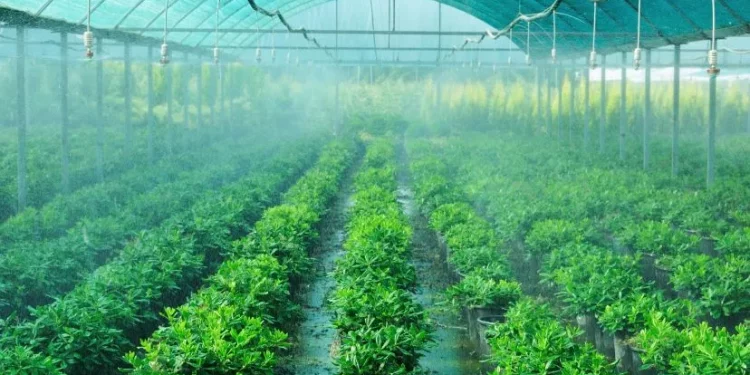In Essex County, Ontario, the night sky glows orange, but the scenery is dominated by greenhouses. This is the result of the rapidly growing Ontario greenhouse industry, which, according to Statistics Canada, in 2021 occupied nearly 1,800 acres of land and paid nearly $ 194 million for energy.
In Essex County, which is a stronghold of greenhouse-grown fruits, vegetables and flowers, energy is still in short supply.
There are growers who want more greenhouses. However, at present, the wiring of large power users has its limitations, since the local network is at its maximum during peak periods.
said Dr. William David Lubitz, professor of Engineering at the College of Engineering and Physical Sciences at the University of Guelph.
The professor said that they are trying to expand gas and electricity capacity, but this is already overstretched. The main question is, how can this growing industry optimize its energy use?
This is the issue behind Lubitz’s research and recent project development: a model programmed to simulate the energy use and growing conditions of greenhouses to help farmers save energy and money.
According to the researchers, the model will help producers identify how to save costs. For example, if producers run fans continuously during the day to cool the greenhouse, they can invest in encapsulated phase change materials that capture heat during melting and release it during cooling. The model would allow producers to see if this change would reduce electricity costs. This makes the operation of greenhouses cheaper and more sustainable in the future.
(Source: news.uoguelph.ca )












